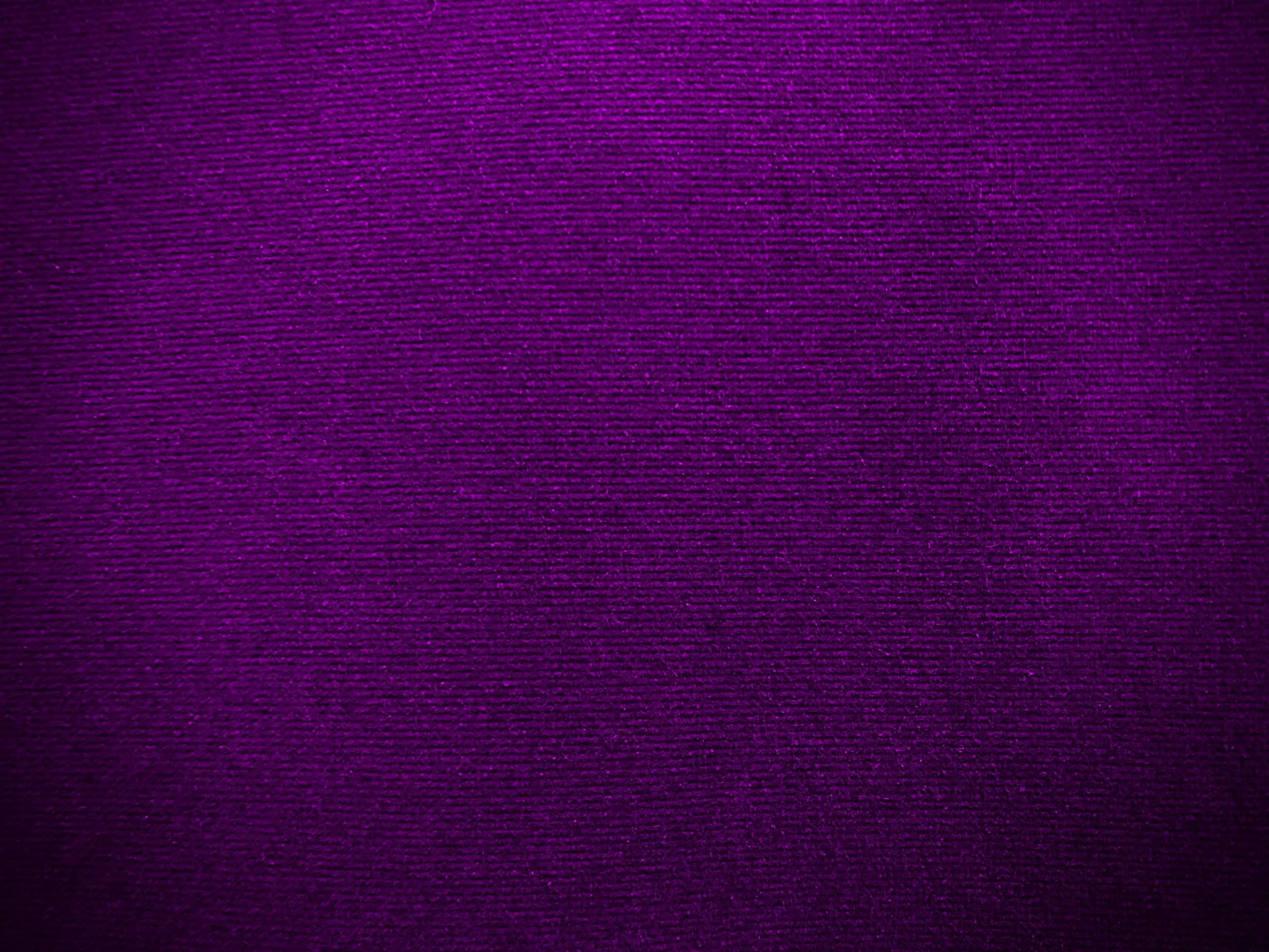When you mix purple and blue, something magical happens. This simple experiment with colors can open up a world of creativity and fun. Whether you're an artist, designer, or just someone who loves playing around with hues, understanding how colors interact is fascinating. The result of combining these two shades might surprise you, and it's worth exploring to see what you can create.
Colors are more than just visual experiences; they carry emotions, moods, and meanings. Mixing purple and blue isn't just about getting a new color; it's about understanding how different tones blend together. This process can inspire creativity and give you a deeper appreciation for the art of color mixing. So, let's take a closer look at what happens when purple and blue come together.
Many people wonder what happens when they combine purple and blue. It's a question that pops up in art classes, design projects, and even casual conversations. The answer isn't as straightforward as you might think, because the outcome depends on several factors, like the shades of purple and blue you're using. In this article, we'll break down the basics and give you some practical tips for achieving the perfect blend.
What Happens When You Mix Purple and Blue?
Let's talk about the basics of color theory for a moment. When you mix purple and blue, the result tends to be a darker, richer hue. This new color is often referred to as indigo, which has a deep, almost mysterious quality. Indigo is one of those colors that feels both calming and intense, making it a great choice for various creative projects. So, if you're thinking of experimenting with this combination, indigo might be the outcome you're looking for.
Why Do Purple and Blue Create Indigo?
Alright, so why does mixing purple and blue lead to indigo? Well, it's all about the way colors interact. Purple itself is a mix of red and blue, so when you add more blue to the equation, you're essentially enhancing the blue tones while softening the red. This balance creates a darker, cooler shade that we recognize as indigo. It's a bit like blending flavors in cooking—each ingredient brings something unique to the final result.
In some respects, indigo feels like a natural extension of both purple and blue. It carries the calmness of blue and the richness of purple, creating a harmonious blend that's easy on the eyes. So, if you're aiming for a color that feels serene yet sophisticated, indigo is definitely worth trying.
Can You Adjust the Shade of Indigo?
One cool thing about mixing colors is that you have control over the final result. If you're not happy with the indigo shade you get from combining purple and blue, you can tweak it by adding more of either color. For example, if you want a lighter indigo, you could add a bit more purple. On the other hand, if you're after a darker tone, a little extra blue should do the trick. It's all about finding the balance that works best for your project.
How Does the Type of Purple Affect the Outcome?
Now, let's talk about the type of purple you're using. Not all purples are created equal, you know. Some purples lean more toward red, while others have a bluer base. The shade of purple you choose can significantly impact the final color when mixed with blue. For instance, a reddish purple might produce a warmer indigo, while a bluish purple could result in a cooler tone. It's all about experimenting and seeing what works best for your needs.
So, if you're working with a purple that has more red in it, you might end up with an indigo that feels a little less intense. On the flip side, using a purple with a strong blue undertone could lead to a deeper, more vibrant indigo. The key is to play around with different purples to see how they interact with blue.
What Are Some Practical Uses for Indigo?
Indigo isn't just a pretty color; it's also incredibly versatile. You can use it in all sorts of creative projects, from painting to interior design. For example, indigo walls can create a cozy, inviting atmosphere in a living room. In fashion, indigo fabrics often have a timeless, classic appeal. Even in digital design, indigo can add a touch of sophistication to a website or app interface.
One interesting thing about indigo is that it pairs well with a variety of other colors. You can team it with warm tones like orange or yellow for a vibrant contrast, or combine it with neutral shades like gray or beige for a more subdued look. The possibilities are endless, and it's all about finding combinations that resonate with you.
Can You Use Indigo in Digital Art?
Definitely! Indigo is a fantastic choice for digital artists. Whether you're creating illustrations, designing logos, or working on animations, indigo can add depth and richness to your work. It's a color that feels both modern and classic, making it a great option for projects that need to appeal to a wide audience. Plus, with digital tools, you have even more control over the exact shade of indigo you use, allowing you to fine-tune your designs to perfection.
What If You Want Something Different from Indigo?
Of course, indigo isn't the only option when you mix purple and blue. Depending on the proportions and shades you use, you might end up with a range of other colors. For instance, adding just a touch of blue to purple could give you a softer, more pastel-like hue. Or, if you go heavy on the blue, you might create a color that's almost navy blue. It's all about experimenting and seeing what you can come up with.
Let's say you're aiming for something lighter and airier than indigo. In that case, you could try using a lighter purple and just a hint of blue. This combination might give you a lavender-like shade that feels fresh and uplifting. Alternatively, if you're looking for something darker and moodier, adding more blue to a deep purple could create a color that's almost black but still has a hint of blue in it.
What Are Some Tips for Mixing Colors?
Mixing colors can be a lot of fun, but it does take a bit of practice to get the hang of it. Here are a few tips to help you along the way:
- Start with small amounts of each color so you can adjust as you go.
- Use a palette or mixing tray to keep things organized.
- Test your mixes on a separate piece of paper or canvas before committing to your final project.
- Don't be afraid to experiment and try unexpected combinations.
Remember, there's no right or wrong way to mix colors. It's all about finding what works for you and your creative vision. So, don't be afraid to play around and see what you can discover.
Why Is Color Mixing Important?
Color mixing is more than just a fun activity; it's a fundamental skill for artists and designers. Understanding how colors interact can help you create more dynamic and engaging visuals. Whether you're working on a painting, designing a logo, or even decorating your home, knowing how to mix colors effectively can take your projects to the next level.
In some ways, color mixing is like a puzzle. Each color brings something unique to the table, and figuring out how they fit together is part of the fun. It's a skill that takes time to develop, but the more you practice, the more confident you'll become. And who knows? You might even discover a new favorite color in the process.
What Should You Do If You're Stuck?
If you're ever feeling stuck or unsure about how to mix colors, there are plenty of resources out there to help. You can find tutorials online, attend workshops, or even just ask for advice from fellow artists. Sometimes, all it takes is a fresh perspective to get you unstuck and inspired again.
Also, don't underestimate the power of trial and error. Sometimes the best discoveries come from making mistakes and learning from them. So, if something doesn't turn out the way you expected, take a step back and think about what you could do differently next time. It's all part of the process.
Final Summary
Mixing purple and blue is a simple yet fascinating experiment that can lead to some beautiful results. Whether you're aiming for the classic indigo shade or something entirely different, the possibilities are endless. By understanding how colors interact and experimenting with different combinations, you can unlock a world of creativity and fun. So, grab your paints, dyes, or digital tools, and see what you can create when purple and blue come together.
Color mixing isn't just about following rules; it's about exploring and discovering what works for you. Whether you're a seasoned artist or just starting out, playing around with colors can be a rewarding and enjoyable experience. So, don't be afraid to dive in and see what you can create. After all, the best part of art is the journey of discovery.
Table of Contents
- What Happens When You Mix Purple and Blue?
- Why Do Purple and Blue Create Indigo?
- Can You Adjust the Shade of Indigo?
- How Does the Type of Purple Affect the Outcome?
- What Are Some Practical Uses for Indigo?
- Can You Use Indigo in Digital Art?
- What If You Want Something Different from Indigo?
- What Are Some Tips for Mixing Colors?



